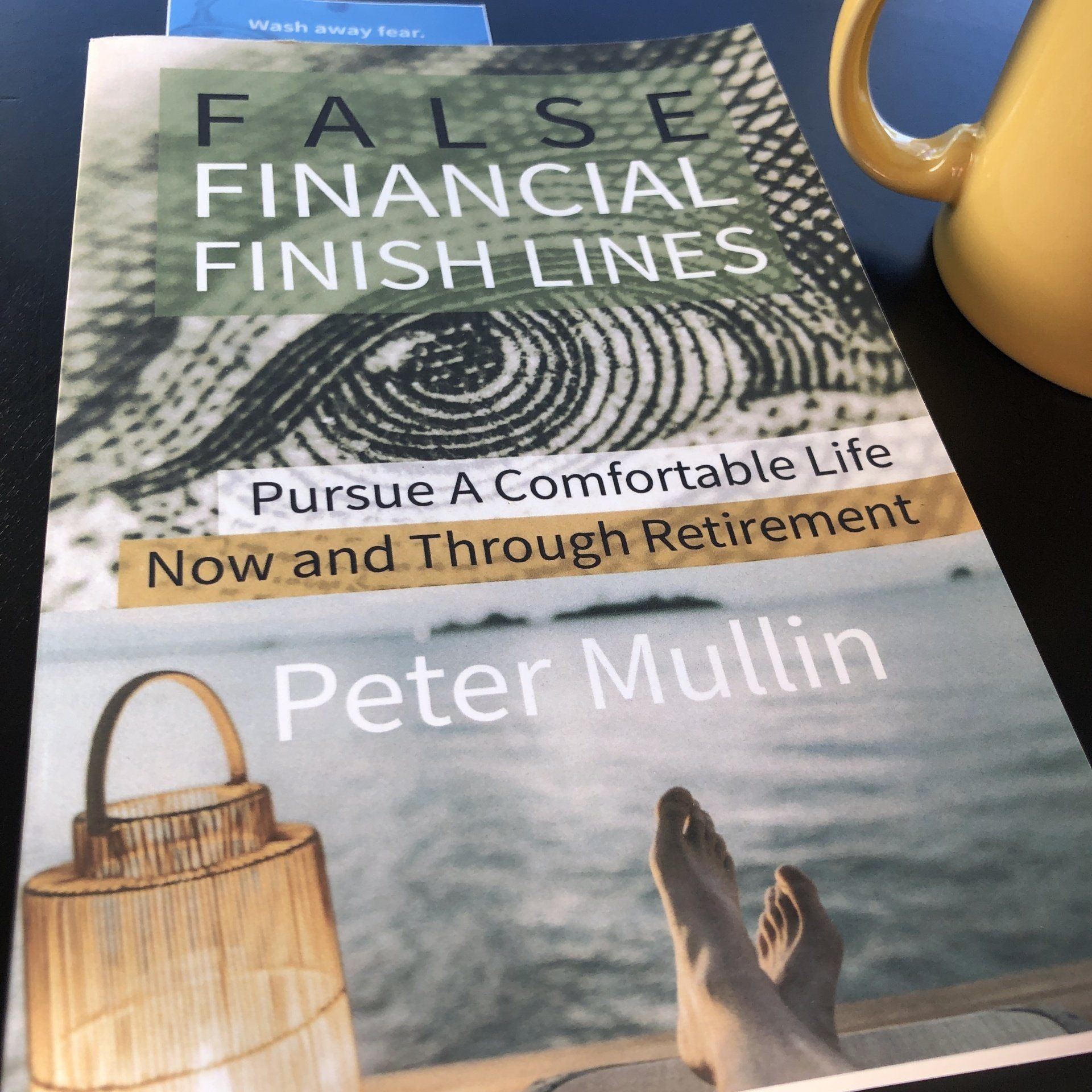Asset Allocation Explained

Asset Allocation Explained: When your portfolio visits under-inflated or overinflated pressure, then adjust your pressure
Do you have topics you’d like me to blog about? Contact me.
October 2018 was not unlike other tumultuous times for investors portfolio results. The markets (example: Dow Jones) have seen lower points in October for 2018.
This is the precise time to consider buying the “sore” spots. Especially for long-term-minded money. There are a few things we can control during bad portfolio weather.
We can be honest about our risk tolerance. Our reaction toward risk and portfolio fluctuations can help us align our expectations with what may happen when volatility spikes in equity portions of portfolios.
We can rebalance. I was talking to clients in October 2018 about rebalancing.
I think one of the most important topics we address for you is Asset Allocation. Did you ever notice the AAMS® next to my name? My AAMS® (Accredited Asset Management Specialist designation, College of Financial Planning) credential emphasizes thoughtful placement of client assets. It goes beyond the idea of diversification.
A properly allocated portfolio is like a car with four tires. There are times when our tire pressure goes low. And it’s also possible to drive on overinflated tires. Let’s bring this back to investment portfolios. You have cash (or cash equivalents), bonds, US equity, and international equity. For simplicity, let’s say we want equal portions of our portfolio filled up with each of these broad areas. This is what we call asset allocation. This is what that may look like:
You invest $1,000,000.
$250,000 is in cash/cash-equivalents $250,000 is in bonds
$250,000 is in US equity
$250,000 is in International equity
[These are hypothetical examples and are not representative of any specific situation. Your results will vary. The hypothetical rates of return used do not reflect the deduction of fees and charges inherent to investing.]
Now we “drive” the portfolio for a while. Eventually, we expect to drive through bad portfolio weather (or traffic). Let’s say that US Stocks and international stocks visit “bad portfolio weather.”
This is what your portfolio may look like:
$250,000 is in cash/cash equivalents $260,000 is in bonds
$170,000 is in US equity
$200,000 is in International equity
*Your portfolio is valued at $880,000
Remember, you want to keep your tires inflated at a “normal” level.
After the bad portfolio weather, it looks like your four investment categories are not equal like they initially were at the outset. If one or more category deflates or becomes overinflated, then we should adjust the pressure to bring them back to “normal.”
Why? Buy Low, Sell High
What we could end up doing is taking from the portions of the portfolio that may not have changed in value as much. And we end up buying portions of your portfolio that are lower. The pressure adjusts so your four “wheels” share equal levels, again. We do this because it’s what we decided to do. It may feel counterintuitive at first glance.
But something also feels off when you drive down the road with an under-inflated tire. Right? The hope is, you may get improved portfolio results ( i.e. “gas mileage”) as a result.
So here’s how that works:
We review your portfolio's total. Then determine which wheel is overinflated and/or under-inflated. Then we balance the pressure according to your portfolio's strategy.
At a value of $880,000, each investment category (i.e., “wheel” ) would have $220,000 assigned to it.
Cash = Deflate by $32,500
Bonds =Deflate by $42,500
US Equity = Inflate by $47,500 (US equity is bought) International Equity = Inflate by $20,000
Now each of your four categories is aligned, again, with your initial allocation strategy.
Invest cash if you have cash available. Another consideration that you can control to some degree is whether or not you have the ability to add some money to your portfolio. If you do have cash, then what we may do is “fill up” your under-inflated categories from your inflow of new cash. Then we may still rebalance, as needed.
Now what? Enjoy the ride, Dear Clients. And carry on!
Do you have topics you’d like me to blog about? Contact me.
###
These are hypothetical examples and are not representative of any specific situation. Your results will vary.
The hypothetical rates of return used do not reflect the deduction of fees and charges inherent to investing.
The opinions voiced in this material are for general information only and are not intended to provide specific advice or recommendations for any individual.
Investing involves risk including loss of principal.
There is no guarantee that a diversified portfolio will enhance overall returns or outperform a non-diversified portfolio.
Diversification and asset allocation do not protect against market risk.
All performance referenced is historical and is no guarantee of future results.
The Dow Jones Industrial Average is comprised of 30 stocks that are major factors in their industries and widely held by individuals and institutional investors.
All indices are unmanaged and may not be invested into directly. No strategy assures success or protects against loss.
Stock investing involves risk including loss of principal. International investing involves special risks such as currency fluctuation and political instability and may not be suitable for all investors.
Bonds are subject to market and interest rate risk if sold prior to maturity. Bond values will decline as interest rates rise and bonds are subject to availability and change in price.
Rebalancing a portfolio may cause investors to incur tax liabilities and/or transaction costs and does not assure a profit or protect against a loss.
###
- Mullin's take on the "4% Retirement Rule"
- Navigate "Bad Portfolio Weather"
- Tips to Optimize Social Security







Articles and Assets
What are your Priorities?
Well it’s the end of the year. I just searched on Google for “market outlook 2018.” I came up with a little over 58-million “results.”
So should you be investing in stocks in 2018? The quick answer: It’s likely a prudent part of your portfolio. But it depends on your circumstances, right?
It’s apparently popular to throw your hat in the ring.
A mantra that you hear among disciplined professionals is to “stay the course.”
Then you hear “sell high, buy low.”
Who’s right?
The relief of a disciplined strategy is that it can be tailored to you. And tailor we think you should.
Yes, it’s possible that an investor may not utilize stocks in their portfolio at all. Or you may decide to go “all in” with a diversified stock portfolio.
(Side effects from tailoring a strategy may include increased confidence & persistence, apathy toward daily market reports, and increased focus on what really matters.)
Let’s begin with the “Why” of investing for you. Then you can request 15-minutes on the phone discuss your “how.”
So “Why Should You Invest”
Life changes and our “why” of investing ought to transform with life. Some invest for sport – they like the risk/reward of investing – they’re in it for the thrill. I don’t hang with this crowd.
Most of us ought to invest for things we want. Our money & our goals are serious. By investing in a diversified portfolio we can pursue things we want.
1. Living A Comfortable Retirement: Retirement is a noun. It’s up to you to really design and live a retirement that reflects you.
2. Purchasing a Home: Home is a place to live. It can take a down payment.
3. Passing an Inheritance on to Family:
4. Student Loan Shield: This idea is important for many Millennial graduates. Student loans can dominate your budget. But instead of accelerating those payments, what if you paid your required payments, and then invested the additional money that you were going to pay against your loan balance?
5. Emergency Reserves: You probably have read that it’s prudent to keep a relative healthy amount of cash in your checking/savings. Once you’ve achieved that, then you can consider investing additional funds. Go a step further and consider a non-retirement account for you and your house. You can spend this on cars, vacations or use it just as described in #4.
The Dow Jones has seen positive results, so far, in 2017. It’s unusual and sort of uncomfortable as the independent financial advisor. Why is it uncomfortable?
What would sting & linger longer? Finding $20 in the parking lot? Or finding a $20 parking fine on your windshield?
We’ve been finding a lot of metaphorical “$20’s” (i.e. “positive results”) in our portfolios this year. So the second we find a parking fine (or a few in a row) we’ll be sure to ask if stocks are still the right place to park our money.
Complacency can work against us, Dear Clients. Just keep recalling your long-haul strategy and your “why” of investing.
***
Peter Mullin is an independent financial advisor registered through LPL Financial. He lives in Rogers, MN with his family. He was born and raised in St. Cloud, MN. Mullin Wealth Management is located in Waite Park, MN.
The opinions voiced in this material are for general information only and are not intended to provide specific advice or recommendations for any individual.
Investing involves risk including loss of principal.
There is no guarantee that a diversified portfolio will enhance overall returns or outperform a non-diversified portfolio. Diversification does not protect against market risk.
All performance referenced is historical and is no guarantee of future results.
All indices are unmanaged and may not be invested into directly. No strategy assures success or protects against loss.







